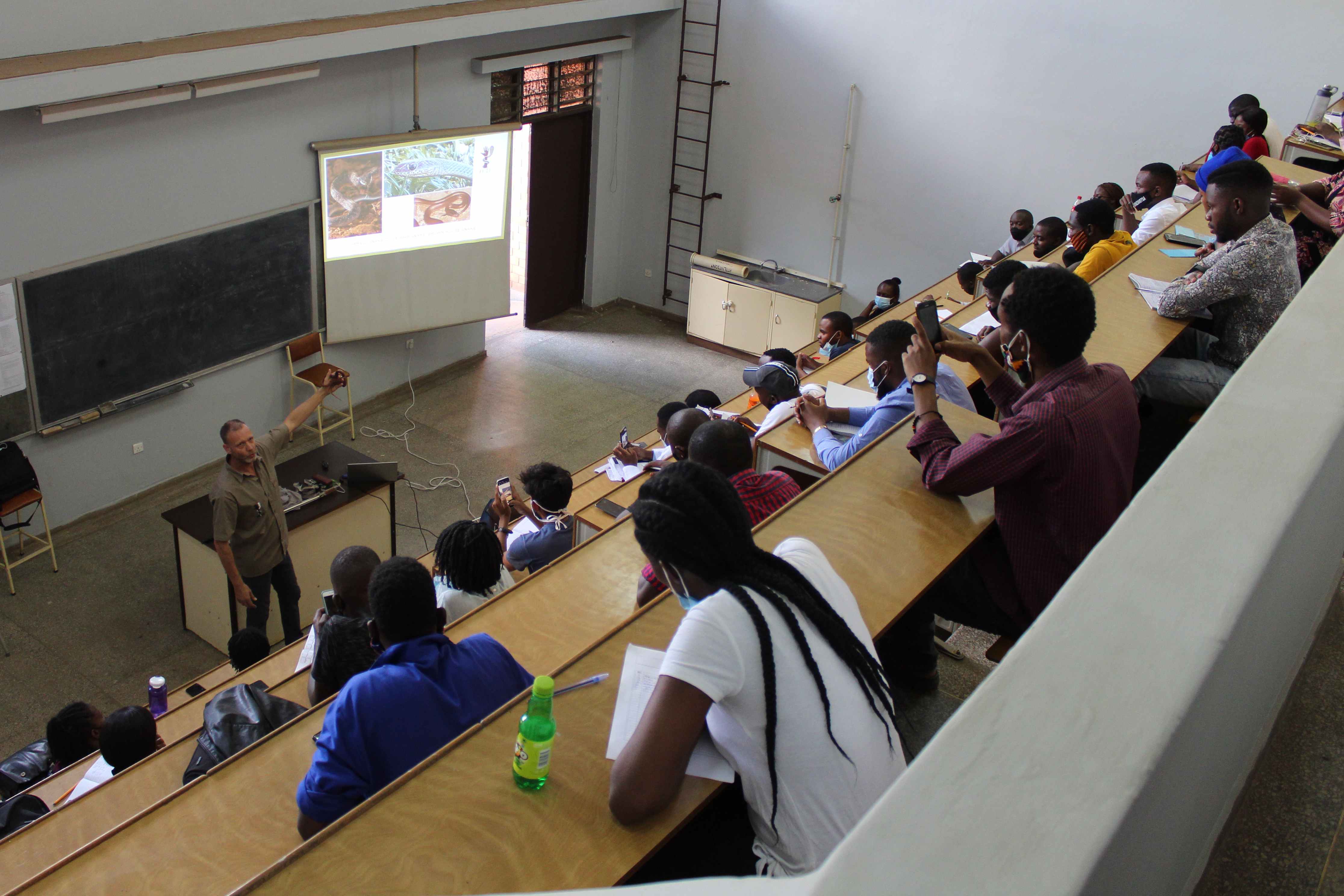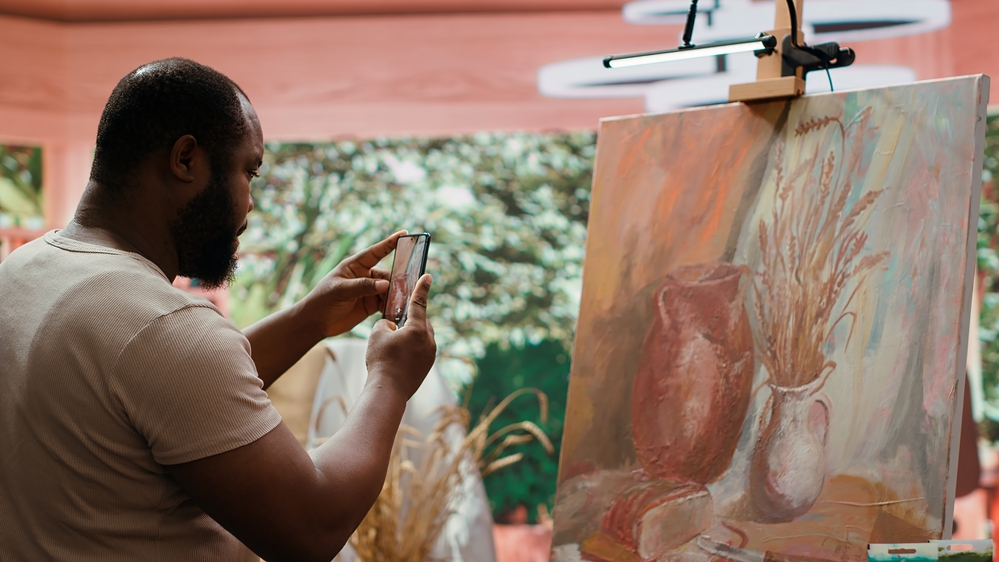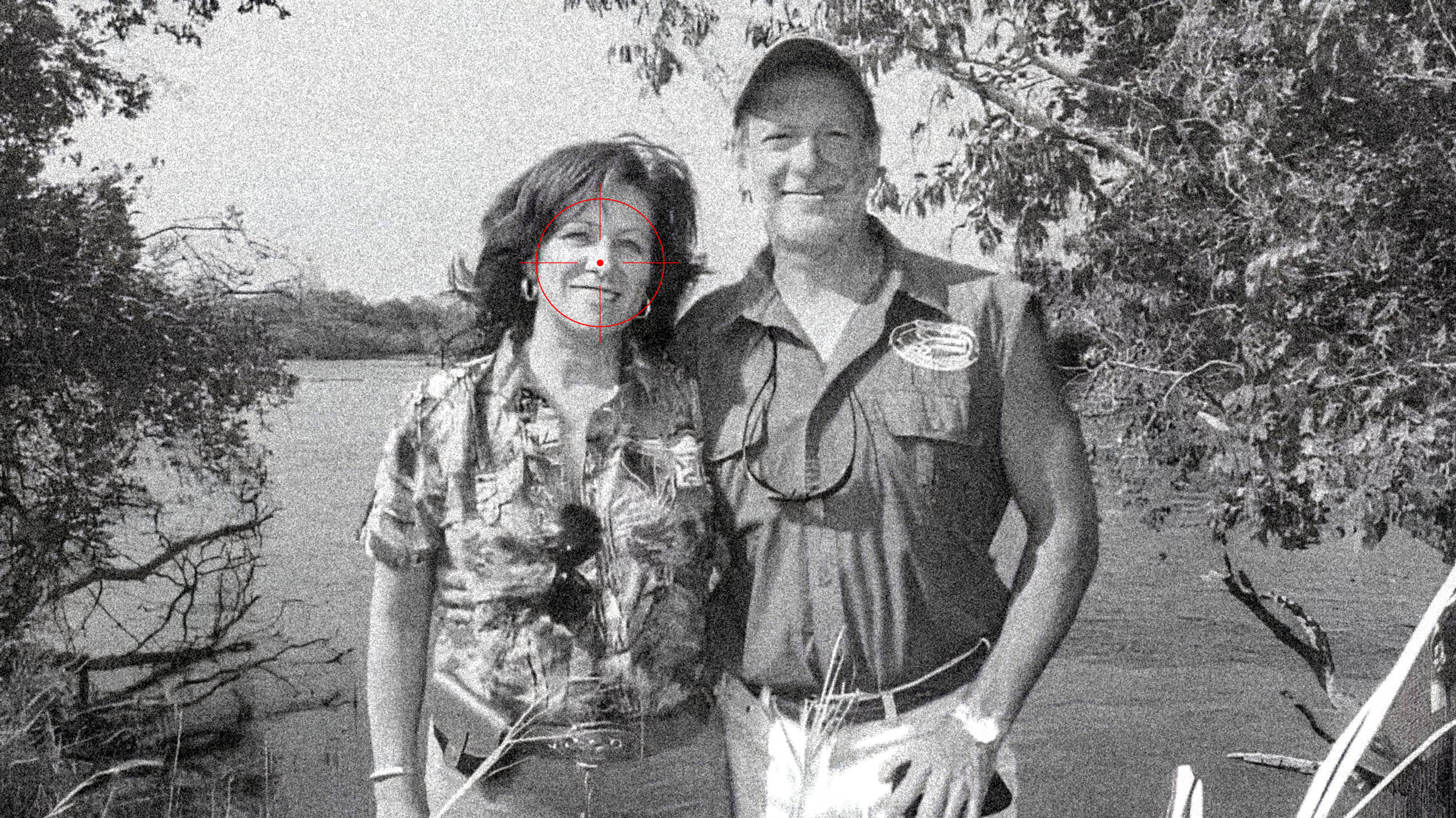There are currently 99 species of snakes known to live in Zambia. Of this number, 71 are harmless to human beings. They either have no venom or their venom is too weak to harm us. So far, so good. However, there are also snakes that pose a threat to humans. There are 28 snakes in Zambia that can pose a threat to humans. Of these dangerous snakes, 15 could deliver a potentially lethal bite (if not treated properly), whereas 13 snakes are dangerous but not deadly to us. Their bite, however, requires medical attention, to avoid infections and potential loss of fingers or toes.

The most famous and feared snake in Zambia (and in Africa) is the black mamba. It is a fast, long and diurnal (active in the day) snake that possesses a potentially deadly venom. However, given the chance this snake will stay out of our way. Problems arise when we trap it in a small, confined space or when we try to harm it. If it feels threatened it will try to bite. This is the case with all snakes: they bite if they feel threatened by us. We are no meal to them, so they don’t hunt or chase us.
Despite its fearsome reputation, the black mamba is not the snake causing most bites, nor most deaths. Species like the black-necked spitting cobra, the Mozambique spitting cobra, the puff adder and the stiletto snake cause more bites and many of those bites lead to life-long damage (both physical and neurological) and in some cases death.

There are no comprehensive, accurate snakebite victim numbers. The data at the Zambian Ministry of Health is incomplete. There are a number of reasons for this. The vast majority (estimated 84 percent) of Zambian health practitioners have not received any training on snake bite treatment. As a result, many snake bites aren’t recognised as such. In addition, many, especially in rural areas, don’t reach a clinic in time, or don’t go there at all. Some rely on the traditional healers that do not have antivenom required to treat snake bites. In bite incidences where antivenom is required but not administered, a victim will die, and often their case goes unreported. In fact, estimations are that around 70 percent of snakebites in Africa go unreported, according to the World Health Organisation.

So why not find ways to eradicate snakes altogether? Many people in Zambia believe that the only good snake is a dead snake. Snakes are both feared and hated. This is partly because many, especially those living in rural areas, know someone who was bitten by a snake or even someone who died from a snake bite. But it is also because many people in Zambia believe in various myths and superstitions about snakes. They are the epitome of evil, with magical powers, according to some beliefs. Their portrayal in the Bible further increases this negative image.
However, snakes are important for several reasons. Firstly, they form an important part of Zambia’s ecosystem, being prey for animals such as egrets, storks, mongooses and genets. Secondly, there are snakes that specialise in eating animals we consider pests and their eggs. These animals include rats, mice and lizards. In doing so, they function as a crucial pest control, protecting our crops, vegetable gardens and food storages. If left uncontrolled, a pair of mice can produce more than 20,000 offspring. Imagine what that would do to our crops, vegetable gardens and storages! In addition, rodents cause damage to our homes, by nibling cables and digging holes under our buildings. The same can be said of ants and termites. They cause damage to our gardens, crops and constructions. In short, we simply need snakes to control pests. Thirdly, snake venom, the same substance that causes problems in people, is being used in the development of new medicines.
Like many other animals, therefore, snakes need to be protected. At the same time, humans need to be protected from them. This is where a newly established Zambian NGO comes in. Helping Hands in Snake Safety (HHiSS) has set as its goals to significantly reduce the number of snake bite victims as well as reducing the number of snakes being killed. This is done via sensitisation of communities, schools, youth- and women’s clubs and at companies, institutions and organisations. HHiSS also organises snake awareness, recognition and handling training, together with Snakes Alive Zambia (SAZI). Further, HHiSS works together with the Zambian Ministry of Health and other health institutions on improving snakebite management in Zambia. Finally, HHiSS has established, and coordinates, a network for snake removers in Zambia.
Considering the financial challenges of Zambia and the fact that full treatment of a serious snakebite, including administering antivenom is very expensive, the main focus of HHiSS is on sensitisation and increasing the knowledge of snakes among Zambians. This includes, in addition to the mentioned interventions, the establishment of a website with downloadable information posters, specifically about snakes found in Zambia, and a heavy presence on Facebook.
To learn more please visit the Helping Hands in Snake Safety website – www.hhiss.com and also check out their Facebok page – facebook.com/helpingsnakes








